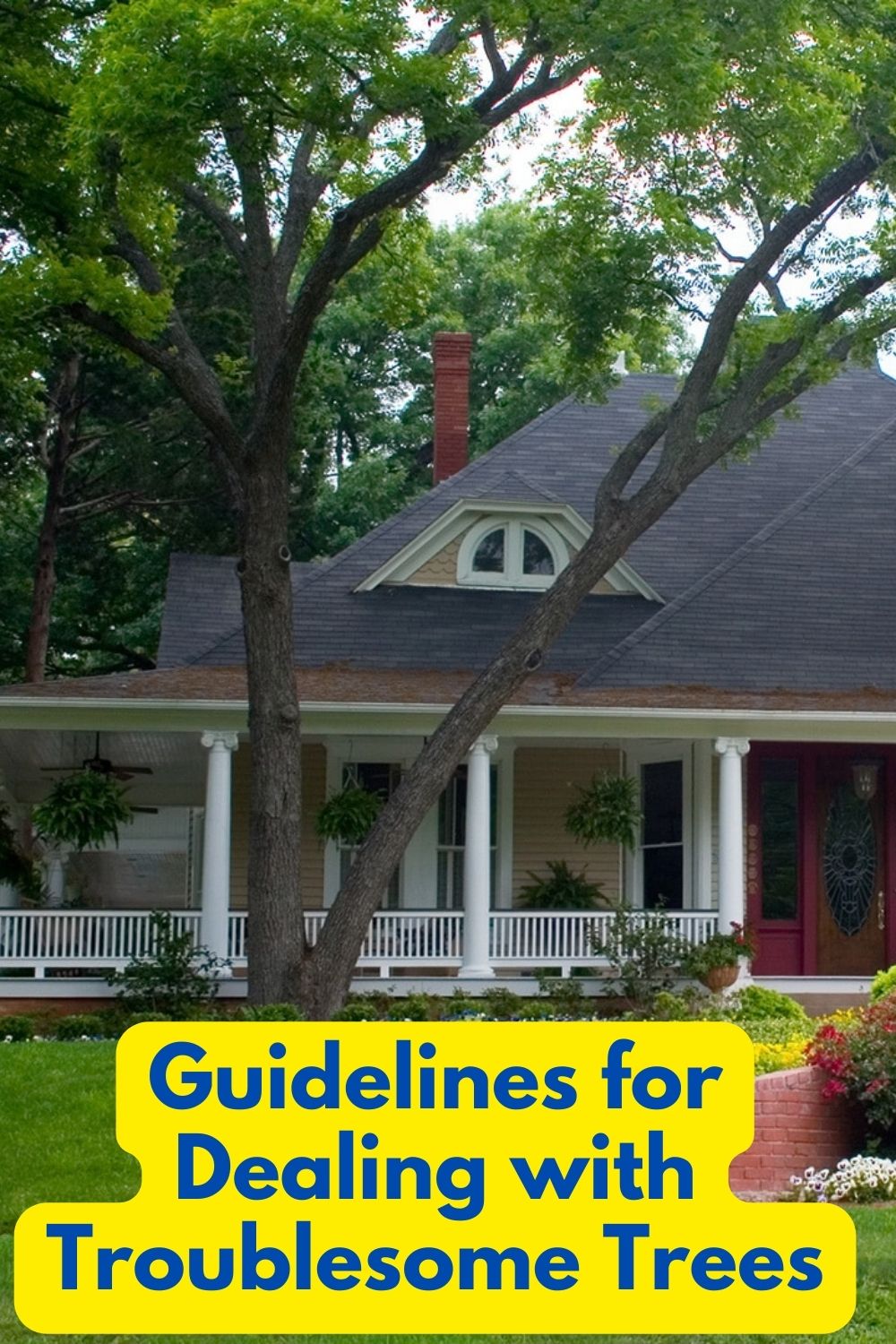Trees are the backbone of our ecosystem, offering shade, beauty, and a host of ecological benefits. But just like any living being, they, too, can sometimes become troublesome for various reasons. Whether it’s a tree growing too close to a structure, exhibiting signs of disease, or causing other concerns, handling these issues requires care and expertise. Let’s dive into the guidelines for dealing with such trees effectively and safely.
Identifying Troublesome Trees
While trees are undeniably beneficial, they can also pose challenges, especially in urban settings. Suppose you’ve experienced a massive branch blocking your driveway or roots, compromising your home’s foundation. In that case, you know what we’re talking about. It’s always a good practice to consult professionals like Tree Removal Sydney, who can assess the situation and recommend the best course of action.
Common Indicators of Problematic Trees
Proximity to Structures: Trees growing too close to buildings, power lines, or other infrastructure can be a safety hazard and might require pruning or removal.
Visible Signs of Disease: Fungus, unusual bark discoloration, or sudden leaf drop can indicate an underlying disease.
Dead or Broken Branches: These can pose a direct threat, especially during storms or strong winds.
Safe Solutions for Handling Troublesome Trees
Regular Inspection and Pruning:
Routine checks can help in early detection of potential issues. Regular pruning not only maintains a tree’s health but also prevents problems caused by overgrown or dead branches.
Consultation with Experts:
Before making any decisions, it’s always a good idea to get a professional opinion. An arborist can determine the exact problem and suggest whether a tree can be saved or if removal is the best option.
Tree Bracing and Cabling:
For trees with structural weaknesses, bracing or cabling can provide support, reducing the risk of falling branches or the entire tree.
When Removal Becomes Inevitable
In some cases, despite all preventive measures, tree removal might become the only viable option.
Ensure Safe Removal Procedures:
Safety should be the primary concern. Ensure the removal process is carried out with proper equipment and precautions to prevent harm to people and property.
Recycle the Tree Wood:
Instead of discarding it, consider repurposing the wood from a removed tree. It can be used for furniture, firewood, or even mulch.
The Importance of Replanting
If a tree has to be removed, consider planting another one; if not in the exact spot, then somewhere else. This practice helps maintain the green cover and ensures ecological balance.
Navigating Legal and Ethical Considerations
Most urban areas have specific regulations concerning tree removal. Before cutting down a tree:
- Check local regulations and obtain necessary permits.
- Ensure the removal process is environmentally responsible.
- Consider the broader ecological impact and the role of the tree in the local habitat.
Balancing Urban Needs with Ecological Responsibility
Trees, with their silent grandeur, play an invaluable role in our lives and the environment. While urban living occasionally presents us with tree-related challenges, it’s crucial to approach these situations with knowledge, sensitivity, and a sense of responsibility.
By following guidelines, consulting with professionals, and making informed decisions, we can strike a harmonious balance between urban development and the invaluable green giants that grace our surroundings. After all, a world with thriving trees is a healthier, happier, and more beautiful place for us all.





Leave a Reply